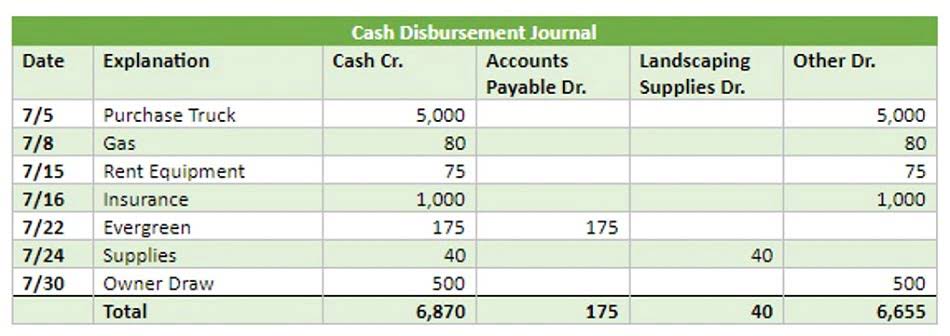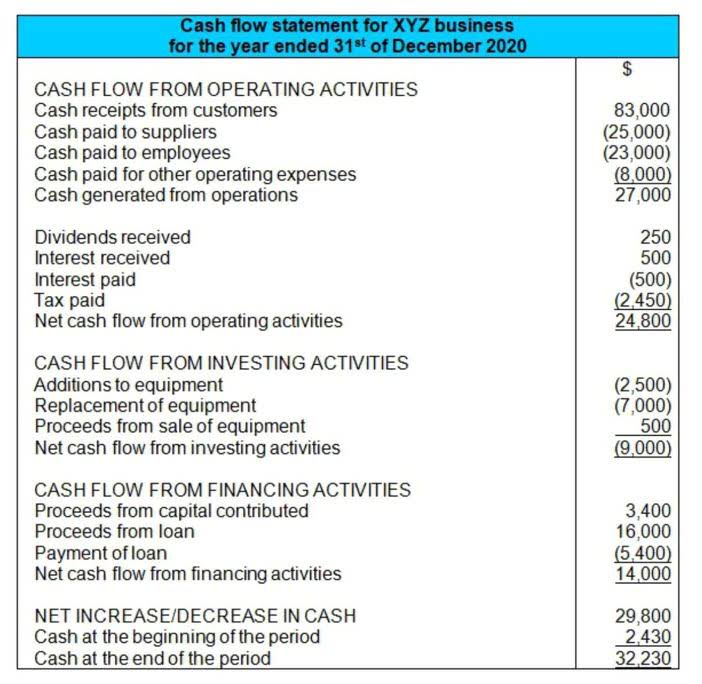
This image illustrates the common mistakes that e-commerce businesses make and what are the best bookkeeping habits you can adopt. If you register for VAT or sales tax, you must collect them efficiently from customers and mention them on your returns. Similarly, you must stay compliant with all other rules and regulations.

When calculating the cost of goods sold, the cost of the newest inventory is used to determine profitability. With the cost of materials rising, it is assumed the most recently acquired items cost more, and so will be less profitable. It’s crucial you collect sales tax if your business operates or has a presence in a US state where sales tax is mandatory, which is most states.
Step 6: Source and develop your products or services
As we mentioned earlier, the number one reason eCommerce businesses go out of business is a lack of cash flow. The accountant uses the results that the bookkeeper provides to ecommerce bookkeeping summarize, analyze, and report on the company’s finances. This is a good example of how to use your daily bookkeeping habit to benefit and inform your cash flow forecasts.
- E-commerce bookkeeping comes with challenges that some business models — like selling services or software — don’t have to worry about.
- We help our clients succeed by giving them solid, reliable numbers to build their businesses with.
- That’s because the biggest challenge with ecommerce accounting is that most of the activity DOESN’T happen in the bank account.
- Either way, cash flow planning will help you manage the months when cash flow is lower.
It is important to note that COGS are different from your operating expenses, which are expenditures not directly related to the production of your products. While they are both subtracted from your business’s total sales figures, they should be recorded separately. The first in, first out method assumes items purchased or produced first are sold or used first.
Ecommerce Accounting & Bookkeeping Guide To Best Practices
Accounts receivable, such as credit card payments, is revenue at the time of the sale. Using a break even point calculator can help you determine if your sales will be enough to cover your costs and to what degree. With this calculator, you’ll be able to figure out how many products you must sell to break even. You’ll also know how many products you must sell to hit your target gross profit. The accounting method you choose is the one you’ll continue to use when you record financial transactions down the road.
- Just tracking the ins and outs of your cash flow is a great place to start.
- Effective inventory management is crucial for ensuring that products are available for sale without overstocking, which can tie up capital unnecessarily.
- Third-party integrations help reduce manual errors and save time (and money!) by generating unique, bespoke, and customized automated workflows.
- The terms are often used interchangeably, but they’re not the same thing.
- From there, you can compare and contrast until you find one that you’re satisfied with.
- You may need our full line of services, or you may decide to choose services a la carte.
One way to report sales tax in your bookkeeping records is to debit the amount you’ve collected from your cash account and credit it to your sales revenue and sales tax payable accounts. It’s important to track sales tax correctly in your chart of accounts, so it’s clear how much of your cash in the bank should be set aside for taxes. Before you go online and start searching for ecommerce companies to help you with every step of the accounting and bookkeeping list, try to understand what each concept entails. Another necessary step in purchase and inventory tracking is the break-even point analysis.
Navigating Texas Franchise Tax for eCommerce Businesses
After all, there are a lot of figures you have to deal with in this job role. The best way to organize the accounting and bookkeeping items is to put them into a form you can understand. This is possible by creating a financial roadmap with a chart of accounts, or general ledger. Bookkeeping is the act of tracking your company’s financial transactions (in and out) by recording them digitally in accounting software or physically in a ledger.

Instead, discounts, returns, and allowances are tracked separately and subtracted from the sales account, making it easier to track sales activity. Any retail business should be familiar with accounting for sales discounts, returns, and allowances. Another critical point to remember is that the shipping fees you charge customers often won’t match up perfectly with what you pay to ship those items. For example, let’s say you offer a flat rate of $5 shipping — you may pay $2 to ship one order and $10 to send another.
